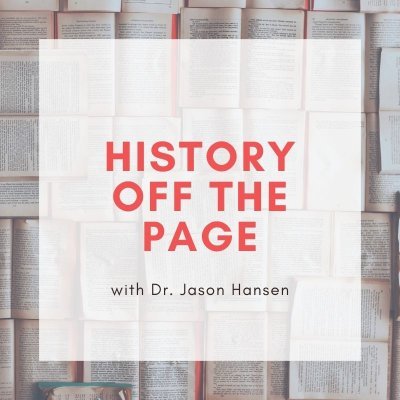This is a placeholder for your sticky navigation bar. It should not be visible.
As previously discussed, the Enlightenment envisioned a future where reason could be used to stamp out the imperfections of human society, creating lasting peace and prosperity. But can reason go too far? In this episode we examine some of the contradictions of the Enlightenment, noting how they led to an artistic and cultural revolution known as Romanticism. Among other topics, we’ll discuss: Frankenstein, Jean-Jacques Rousseau, Notre Dame, French fashion during the Napoleonic period and the painters Jacques-Louis David and Caspar David Friedrich.
Image: Caspar David Friedrich, Wanderer Above the Sea of Fog (1818); Hamburger Kunsthalle, Hamburg, Germany
Tim Blanning’s work provides a thorough overview of the Romantic movement, with discussion of Romantic theory as well as major figures such as Rousseau, Geothe, Berlioz, Byron, Scott and others.
The classic tale of the young scientist Viktor Frankenstein, whose radical experiments unleashed one of the most powerful and popular monsters in history. Read the original text to discover the differences between Shelly’s Romantic original and the versions popularized by Hollywood in the 20th century.
This e-book contains a brief description of the life and paintings of one of the most influential Romantics of the 19th century: Caspar David Friedrich. See the incredible paintings and drawings that continue to inspire artists today.
Whether through classic tales like The Nutcracker (later adapted by Tchaikovsky) or Metallica songs like Enter Sandman, E.T.A. Hoffmann’s prodigious writings have long inspired and influenced European and American societies. This volume contains the original stories of this important Romantic writer.










